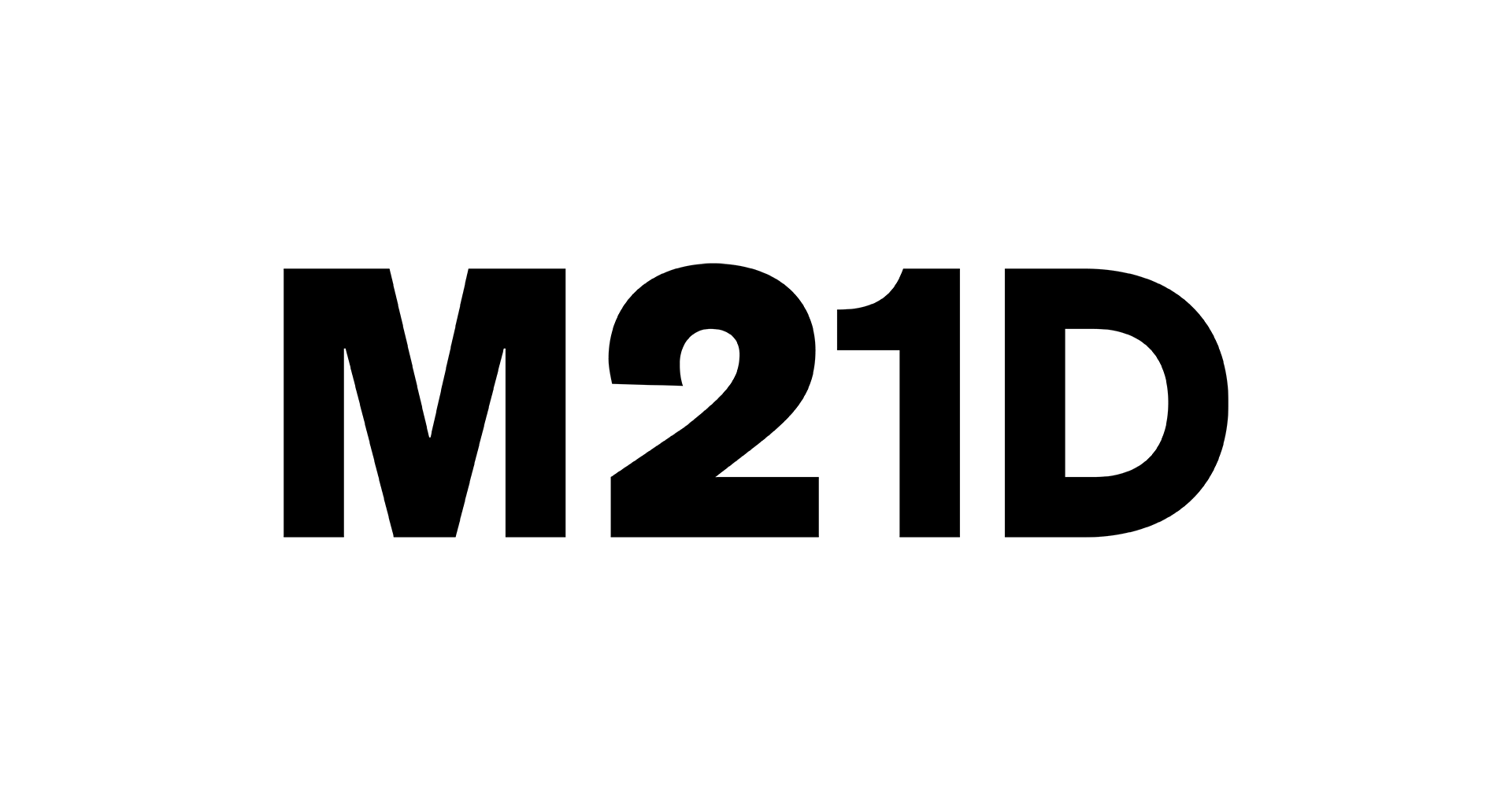
Kiersten Thamm
Aug 5, 2021
A Multimedia Educational Toy about LGBTQIA+ History
Rainbow Stories is a multimedia toy that helps children learn about LGBTQIA+ history. I sat down with the designer, a recent graduate of CMD Amsterdam named Katharina van Eck, to learn more about the design and why it offers such a positive social impact.

Everyone would benefit from learning more LGBTQIA+ history
When Kat started her thesis project in her communications and multimedia design program, she wanted to create something that brought stories from the LGBTQIA+ community into the classroom.
This desire originated from personal experience. Kat says she learned very little about the queer community while growing up in the Netherlands. Although the Dutch curriculum’s core requirements state that students must learn to respectfully deal with differences in people’s views and sexual diversity, it didn’t happen for her. The only time she learned anything on the topic was a five-minute segment in biology class, which stuck to biology. But LGBTQIA+ life and love are about so much more than that.
She decided to focus on building a project that helped kids learn about LGBTQIA+ history. In her words, “History is taught in schools to give a picture of the past, which allows students to make connections between the past, present, and future.” It might allow students to see themselves in history; Kat says that had she known more about the diversity of sexuality at a younger age, she would have come out even sooner. “It would have helped gay people understand themselves, and straight people might be more supportive and open.” The inclusion of queer history would give a more accurate representation of the world and help students feel represented and understood.
Introducing kids to LGBTQIA+ history to schools might also help in the fight against homophobia. She says, “History education helps children form their own opinions and empathize with different situations. By teaching students about sexual diversity and the history behind it, they can form their own opinions about it.” Such empathy would ensure a better atmosphere and safety in the schools and their future.
She summarizes the ultimate goals of the toy as “helping kids to see themselves in people of the past, in the people who paved the way for us.“
Engaging with history through the digital and physical
Rainbow Stories features two components: a screen and a series of objects.

The Screen
The screen includes a series of 20-second animated films. These films are activated by placing objects in one or both of two contact points. Which film starts depends on the objects.
The Objects
These are 3D objects of about 25 cm to 50 cm in size cut using a laser cutter, and they carry pieces of LGBTQIA+ history with them. Each object is shaped differently to symbolize the stories they hold. For example, a rose activates an animated account of Marsha P Johnson, the leading trans activist. Another object looks like a rainbow, which starts a film about Pride celebrations. A pyramid indicates the first documented gay couple Khnumhotep and Niankhkhnum. But these objects carry more stories than these.

The objects can be connected to reveal different stories. For example, if the rainbow and rose are connected, they buzz and light up to let users know they’re a match to activate a different film. In this case, they’ll learn about how Pride celebrations wouldn’t exist without the activism of Marsha P Johnson at Stonewall.
Guiding Principles
The decision to separate the objects from the screen was based on her research into Montessori products. Kat says, “The children are free to play with the objects apart from learning and the screen, but are still motivated to do so. I intend that children try to find out for themselves what the purpose of the product is.” She limited the number of objects that make successful connections to make the toy slightly more challenging.
It is also possible for children to place two objects that have no relation to each other. Here one of the characters will appear on the screen and tell you that it is not a match.

Teaching LGBTQIA+ history, diversity, and inclusion in an inclusive way
Kat succeeded in creating a prototype that gives children the decision to play or not, learn or not. It’s something that everyone can use in their own way and encourages kids to be active and play with others.
It’s a toy that teaches LGBTQIA+ history to kids while respecting their rights to non-discrimination, participation, and information.
If you'd like to follow up, you can find Kat on LinkedIn and Instagram.
